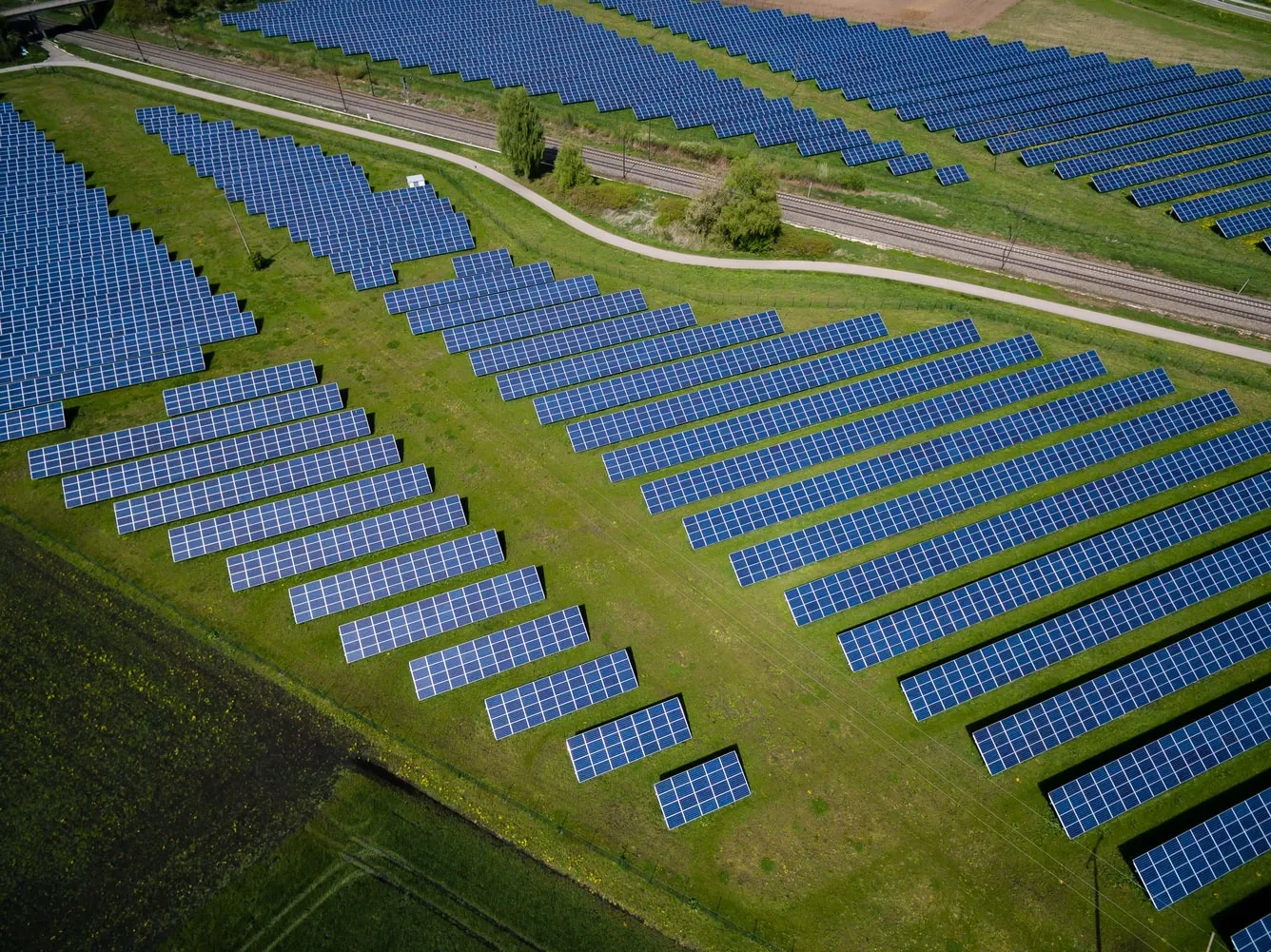The Electricity Association of Ireland has formally submitted our response to the Commission for Regulation of Utilities’ (CRU) consultation on the Initial Project Assessment (IPA) for the proposed MaresConnect interconnector. In our submission, we urged the CRU to adopt a cautious approach, highlighting significant uncertainties and risks associated with the project that need to be adequately addressed prior to the final assessment.
While the EAI and its members recognise the potential benefits of interconnection, we strongly believe that it is not a substitute for robust domestic generation and a resilient grid. Our primary concern is that the proposed Cap and Floor regime for MaresConnect is premature. Once the proposal is accepted, the decision is irreversible, and we contend that the current IPA does not provide the rigorous analysis necessary to justify such a commitment.
Key Concerns Raised by the EAI:
- Market Modelling Insufficiencies: The EAI has raised concerns that the IPA’s market modelling relies too heavily on Socio-Economic Welfare (SEW) as a measure of its impact. It fails to sufficiently account for critical factors such as the cost of transmission reinforcements, the impact of increased dispatch down of renewable energy, and the cumulative effect of other interconnectors.
- Security of Supply Risks: We have emphasised that over-reliance on a single market like Great Britain, particularly during periods of simultaneous supply shortages, poses a significant risk to Ireland’s energy security. The proposed 750MW interconnector would increase our dependency on a single jurisdiction, a situation that makes Ireland an outlier in Europe. Furthermore, the close electrical proximity of MaresConnect to the existing East West Interconnector (EWIC) creates a concentration risk that has not been sufficiently explored.
- Infrastructure and Cost Uncertainties: A major limitation of the assessment is the lack of a confirmed connection point for the interconnector in the SEM. This means the extensive and costly transmission system upgrades required are currently unknown and therefore are not factored into the IPA. The reliance on general industry benchmarks rather than project-specific data further undermines the accuracy of the cost impacts.
- Unrealistic Timelines: The proposed 2030 delivery date for MaresConnect appears overly ambitious. For comparison, previous interconnector projects with fewer complexities have experienced significantly longer development periods.
- Market Integration Issues: The IPA lacks clarity on how MaresConnect would be integrated into current market arrangements. Existing inefficiencies in market coupling with GB, particularly the reliance on illiquid intraday auctions, could diminish the economic value of the interconnector.
The EAI believes that a more holistic and transparent assessment is crucial. We recommended a “whole of system” modelling approach and a more robust cost-benefit analysis that includes a detailed evaluation of (among others) the impact on dispatch down, investment in the SEM, and the impact of the increase in the Largest Single Infeed.
Until these fundamental issues are resolved, the EAI holds the view that a decision on the Cap and Floor status of the MaresConnect interconnector cannot be prudently made. We urge the CRU to ensure absolute confidence in the thoroughness of the analysis before proceeding with a decision of this magnitude.
If you wish to read more on EAI’s position on interconnection in the SEM, you can access our policy paper here:

